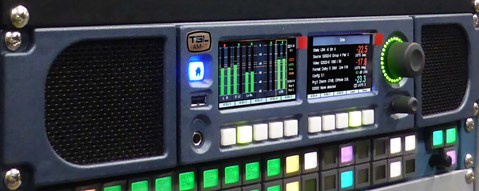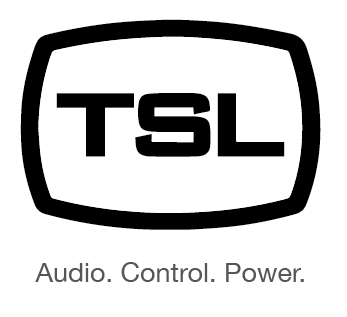Are You Underestimating Your IP Skillset?
By Stephen Brownsill, Audio Product Manager, TSL Products
A growing segment of the broadcast industry is embracing the advantages of replacing traditional SDI infrastructures with IP networks capable of transporting uncompressed audio and video. Broadcast engineers must remain privy to this change in the industry and the technical standards and protocols required to support it. While the shift may seem daunting, many engineers are likely to underestimate their knowledge of IP and network technology.
The industry has been working with IT technologies since the advent of non-linear editing and desktop publishing. Almost every broadcast engineer and operator is already using IP infrastructures to manage file transfers, deliver and monitor compressed video or OTT formats, and often to facilitate control and monitoring networks. Today’s broadcast engineers will grasp new uncompressed audio and video IP systems, and overcome their challenges. Broadcast engineers will still need some level of training to help them navigate the specific challenges faced when supporting uncompressed audio and video IP infrastructures. However, there is little requirement to become a certified or qualified network engineer or architect.
While there’s no harm in seeking official IT certification, it is simply not necessary in order to deploy, maintain and support a network capable of transporting uncompressed audio and video. For those looking to deploy their first uncompressed audio and video IP infrastructure, broadcasters should have manufacturers involved directly with the deployment, including the switch manufacturer.
If you’re building your first IP infrastructure capable of supporting SMPTE 2022-6 or SMPTE 2110 multicast flows, you shouldn’t expect to be able to set up that system from scratch yourself - you should have the manufacturers onsite and have them commissioning and testing the system for you.


